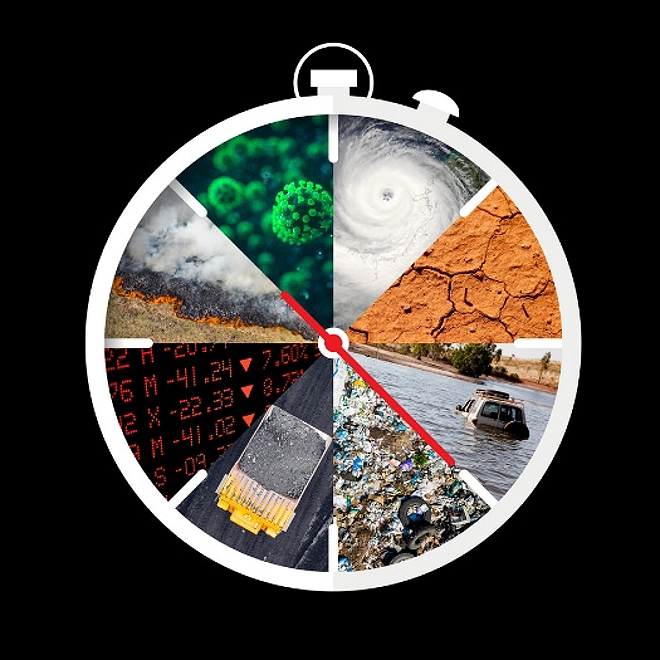Critical Minerals - Be Patient & Think Long-Term
“The long-term sustainable development of the Australian critical minerals sector is dependent on Australian projects securing offtake and equity agreements with original equipment manufacturers (OEMs) and industry end users.”
– Australia’s Critical Minerals Strategy 2023-20301
Global mining organisations and automotive OEMs are starting to accept their unequivocal role in underwriting the investment required to develop the critical mineral raw materials needed for the energy transition. The innovations and high-tech applications vital to the energy transition can only be achieved with investment in underdeveloped supply channels of critical mineral raw materials, be it by industry, downstream users and/or government.
The International Energy Agency forecasts that Electric Vehicles (EVs) will drive battery material demand for 50 new lithium, 60 more nickel and 17 more cobalt mines by 20302. Global economic volatility, coupled with often highly opaque pricing for critical minerals with an uncertain medium-term outlook, will hinder the capital investment required to develop sources of greenfield supply. To meet the steepening critical mineral demand curve, automotive OEMs and mining organisations alike must develop offensive long-term, through-cycle-capital strategies to compel critical minerals supply capable of supporting the energy transition.
The current cycle has observed substantial increases in capital and operating costs, agnostic of commodity, jurisdiction, and project phase – increasing the pressure on planned investments and undermining long-term capital allocation strategies. The projects most sensitive to sustained cost pressure are those owned by junior and mid-tier miners dependent on financial support to transition from developer to producer. These projects are sensitive in the way they operate. These projects are also likely to carry greater costs and have unproven economics. Without a defined resource of competitive quality and scale, junior and mid-tier miners generally do not have the balance sheet strength to bring their resources into operation.
To remain competitive in attracting capital, projects of this nature are increasingly employing resource delivery strategies that demonstrate best in class ESG compliance with guidelines and policies mandated by regulatory bodies. Constrained by higher capital costs, junior miners are also subject to narrower range of financial levers and are often less competitive in attracting sufficient major resource delivery expertise essential to take a project from resource definition through to first production.
Conversely, Tier-1s are subject to different risk profiles than their junior competitors. Tier-1s typically offer a strong global reputation, sufficient project funding capability and a rich pool of in-house mining talent, however, are yet to meaningfully engage in consolidating developing or advanced-stage critical mineral assets. For automotive OEMs looking to secure battery raw materials, innovative partnerships and offtake agreements with projects junior or mid-tier developers could provide an enduring competitive advantage in gaining contested EV market share.
The volume of critical minerals required by the end of the decade imposes a capital allocation decision today - on average, it takes 16 years from resource discovery and definition to achieving first product for a greenfield project on schedule3. Permitting, project funding and sustained mining and construction labour shortages continue to delay critical mineral developments, prompting direct legislative support (such as the Inflation Reduction Act of 20224) to incentivise and develop each supply chain link. Acts such as the Inflation Reduction Act and the EU’s proposed Critical Raw Materials Act5 are designed to incentivise the development of resilient sources of critical mineral supply. Tier-1 miners and global automotive OEMs with long-term, through-cycle capital allocation strategies will be best positioned to capture the most significant strategic and economic value of an unprecedented battery raw material opportunity.
We want to acknowledge the contribution of Amy Wang, Tony Wilson, Cooper Taylor, and Jason Goh in preparing this blog



